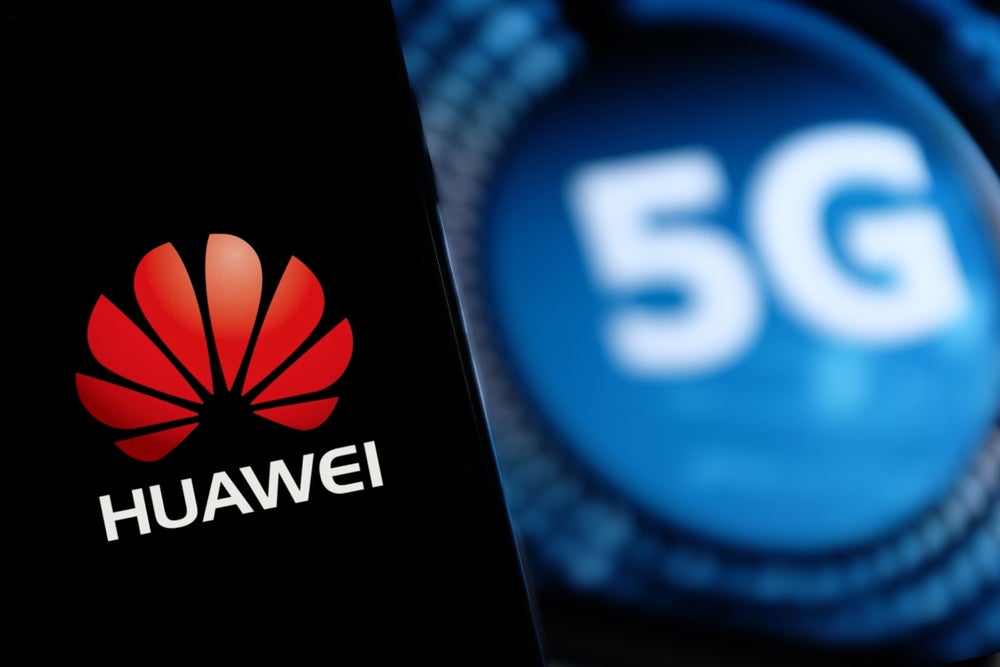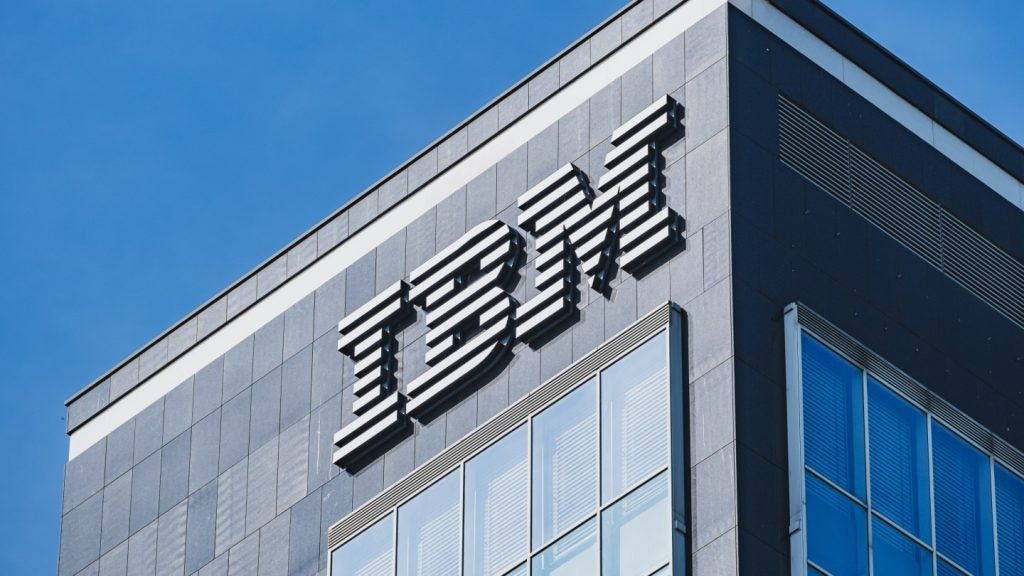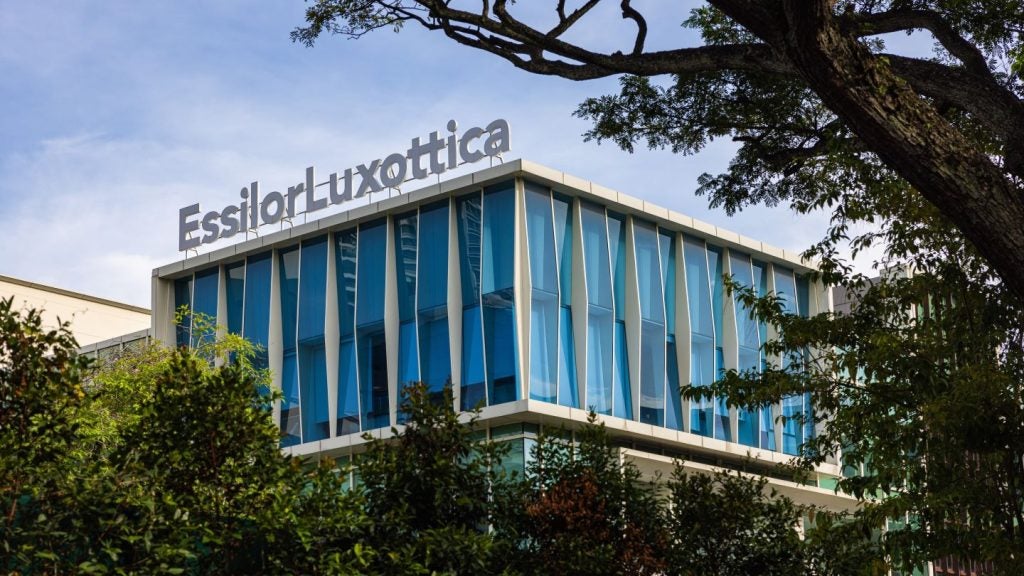Huawei Technologies used its annual analyst summit – held in Shenzhen, China in April 2024, to describe the latest and most important trends shaping the 5G Radio Access Network (RAN) space, including the use of artificial intelligence (AI) and the next generation of 5G technology: 5G-Advanced.
The company emphasised the potential for AI to transform the RAN and make it more efficient – especially more energy-efficient, to reduce the power consumption that is a significant expense for mobile operators.
The company pointed to the potential value of combining 5G-Advanced with AI in multiple ways. Huawei imagined mobile network operators using large-language models trained on network operations to help troubleshoot and manage networks.
In addition, “RAN intelligent agents,” as Huawei called them, could aid in making data-driven network policy decisions.
For example, Huawei thinks RAN AI agents could be useful in optimising networks based on the simultaneous consideration of multiple parameters, such as energy efficiency, user experience and others. Digital twins could also be employed to model a wide array of network parameters, giving operators risk-free visibility into the potential effects of network changes, including service provisioning.
The concept of an AI-enhanced RAN is at an early stage, and it will take time and work for Huawei’s vision to become commercial reality. In addition, AI’s considerable computing requirements represent a major challenge for widespread use of AI in managing mobile networks. AI’s computing needs require a significant amount of power themselves, so the prospects for AI offsetting its own achieved energy savings is a notable hazard. That said, the fact that AI RAN is a major focus currently not just of Huawei’s but of many companies across the industry breeds optimism that these collective efforts will bear fruit.
How well do you really know your competitors?
Access the most comprehensive Company Profiles on the market, powered by GlobalData. Save hours of research. Gain competitive edge.

Thank you!
Your download email will arrive shortly
Not ready to buy yet? Download a free sample
We are confident about the unique quality of our Company Profiles. However, we want you to make the most beneficial decision for your business, so we offer a free sample that you can download by submitting the below form
By GlobalDataGreener 5G
As networks evolve beyond 5G, it’s important for them to become more efficient, especially energy-efficient, given the burdensome expense faced by mobile operators in powering the RAN.
At its event, Huawei promoted the notion of “bit-driven-watts,” an aspiration to tightly link power consumption with traffic volume in order to avoid waste. The vendor had previously promoted its “0-bit, 0-watt,” feature, which reduces radio power to less than 10 watts when the network is inactive and returns power quickly when network activity resumes.
Huawei is now extending this capability – which is being employed by its biggest customer, China Mobile, throughout its radio portfolio, beyond Massive MIMO radios to more traditional radios.
To illustrate one of the benefits of its “bit-driven-watts” vision, Huawei demonstrated what it called a “Green Site Solution,” a mobile base station on a building rooftop whose ability to dynamically cut power consumption in relation to network traffic levels allows it to temporarily leverage solar power.
This use of solar-powered sites can be useful in helping operators deploy new base stations quickly, especially in remote areas – a fact Huawei has recently seen in rural Africa.
The Green Site solution complements Huawei’s existing offering, Intelligent RAN, which coordinates data and decisions between the base station and the rest of the network. Using what Huawei calls a Mobile Intelligence Engine, Intelligent RAN allows operators to configure air interface resources with an eye toward optimal user experience and capacity.
The solution includes a service prediction capability that guides non-real-time spectrum and channel selection on the network side and real-time symbol scheduling (for efficient signal transmission) and transmit power configuration on the base station side, reducing energy consumption across the network. Together these innovations show Huawei’s steady determination to improve energy efficiency, complementing its efforts to use AI for similar purposes.
Huawei 5G-Advanced is now
In addition to demonstrating the technological trends of the AI RAN and green 5G, Huawei also emphasised the evolution that 5G networks are now commencing: the move to 5G-Advanced technologies (which Huawei also calls “5.5G”). Huawei has been highly proactive in promoting the value of 5G-Advanced in recent years, but 2024 is the first year in which this set of technologies will be commercially implemented.
The industry standards supporting 5G-Advanced, contained in 3GPP Release 18, are expected to be finalised mid-year. The first user devices supporting 5G-Advanced have already become available. And China Mobile, for example, recently promoted its first deployment of a 5G-Advanced base station amid plans to extend 5G-Advanced coverage to 300 cities this year as well as offer at least 20 5G-Advanced devices.
5G-Advanced includes a large array of features, including stronger uplink connections, lower latency, increased support for augmented and virtual reality and many more.
Overall, the value of 5G-Advanced lies in helping operators monetise their 5G networks by enabling new services for businesses and consumers alike, including the Internet of Things (IoT) as well as premium and private-enterprise services. Huawei knows this, so at its event, it demonstrated multiple use cases enabled by 5G-Advanced.
For example, China-based video game giant Tencent has used 5G-Advanced’s low latency to offer gamers a higher quality experience at a premium. 5G-Advanced’s fast uplink connections could serve the growing trend of live video streaming on social media. And on its corporate campus, Huawei demonstrated an autonomous vehicle that uses low-latency connections to enable the remote monitoring and control that is required of such vehicles by Chinese law.
In addition, Huawei took event attendees to a bakery on campus that uses a passive IoT solution – with sensors that cost as little as five cents each – to track inventory of things like eggs and butter. These demonstrations made a very persuasive case that 5G-Advanced is diverse, practical and timely, and that its commercial value can clearly be seen today.
All of these messages underscored Huawei’s multi-faceted focus on evolving 5G networks. In the near term, the company is working to help operators monetise their networks with new services enabled by 5G-Advanced. It’s also working to help operators become more profitable by making 5G networks more energy efficient.
Over the long term, Huawei hopes to use AI to achieve even greater network efficiency and automated optimisation, to ensure that mobile operators’ network investments are more rewarding than ever before.









Related Company Profiles
Huawei Technologies Co Ltd
China Mobile Ltd
Tencent Holdings Ltd